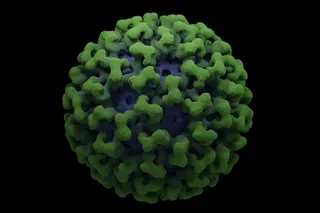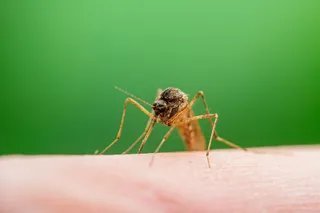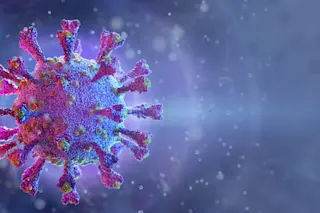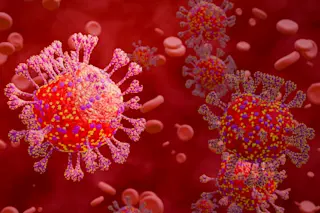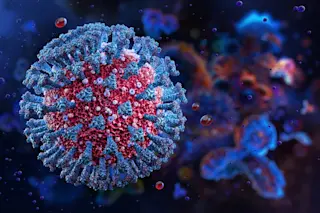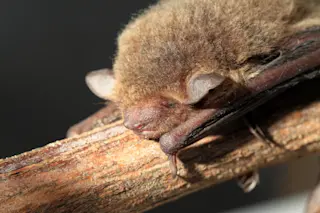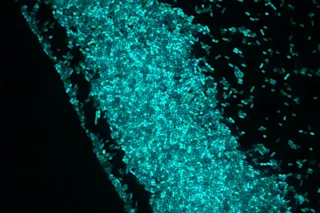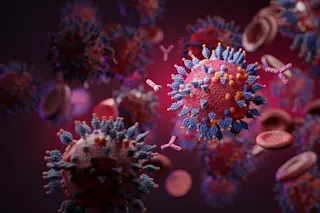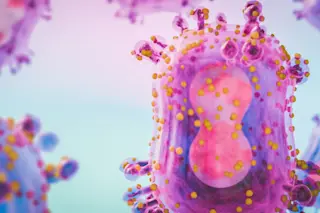Late in the morning of Friday, May 14, a 19-year-old man was rushed to the emergency room of the Indian Medical Center in Gallup, New Mexico. The young man, a Navajo, was traveling into town with his family when he began struggling for breath in the back of the car. The family veered off the road at Thoreau, 30 miles east of Gallup, to call for help from a convenience store. An ambulance crew performed cardiopulmonary resuscitation on the way to the hospital, but neither they nor the emergency room physicians were able to revive him. A chest X-ray showed why: his lungs were full of fluid. The man’s sudden death was all the more shocking because--other than having some flulike symptoms the previous few days--he had obviously been healthy and athletic; doctors learned later that he was a cross-country track star. Unlike many states, New Mexico requires unexplained deaths ...
Death at the Corners
A spate of sudden deaths in the Southwest has revealed a new viral villain. But is the virus really new--or an old one we've flushed out of hiding?
More on Discover
Stay Curious
SubscribeTo The Magazine
Save up to 40% off the cover price when you subscribe to Discover magazine.
Subscribe

